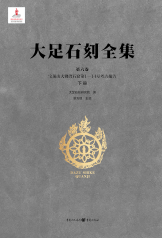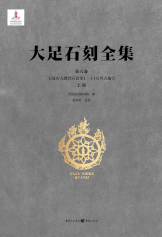
并列正书名: THE DAZU ROCK CARVINGS DAFOWAN(NOS.1-14),BAODINGSHAN Part Two
主要责任者: 黎方银;大足石刻研究院
责任方式: 主编;编
出版者: 重庆出版社
出版地: 重庆
页码: 1-547
开本: 8
中图分类号: K879.275
分辑名:下册
语种:中
定价:2500.00
出版时间:2018-04
丛书多卷书否:是
丛书名:大足石刻全集.第六卷
书目简介:本册工具书是大足石刻全集.第六卷之一,共收录598条词条。

并列正书名: THE DAZU ROCK CARVINGS DAFOWAN(NOS.1-14),BAODINGSHAN Part One
主要责任者: 黎方银;大足石刻研究院
责任方式: 主编;编
出版者: 重庆出版社
出版地: 重庆
页码: 1-364
开本: 8
中图分类号: K879.275
分辑名:上册
语种:中
定价:1700.00
出版时间:2018-04
丛书多卷书否:是
丛书名:大足石刻全集.第六卷
书目简介:本册工具书是大足石刻全集.第六卷之一,共收录86条词条。